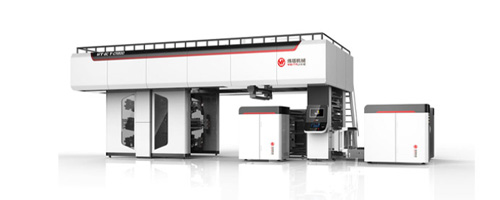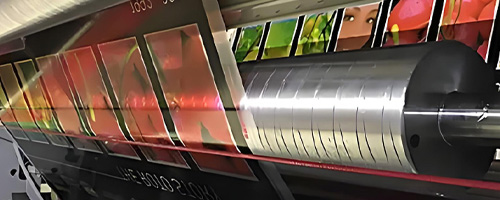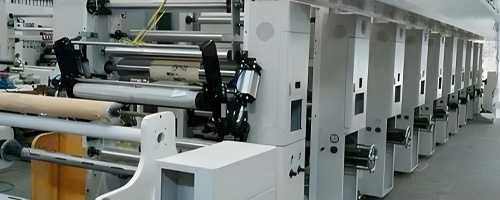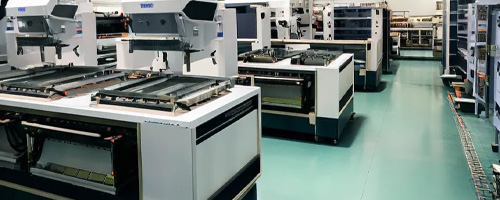 RU
RU
 EN
EN
 CN
CN

Position:HOME > Ink Knowledge

The pattern on the printing plate is prominent, the blank place is concave, through the anilox rollers to transfer ink, generally printed with water-based and UV inks, can reach 400 meters per minute. Flexographic printing is also a kind of letterpress printing.

The printing pattern on the surface of the printing plate is concave, the blank space is protruding, the printing ink layer is very thick, the color is bright, the line is clear, and the saturation is high. Solvent-based ink and water-based ink are available!

The graphic part and the blank part is in the same plane, to the surface of the printing plate inking, only the graphic part of the adsorption of ink, plate work is simple, low cost, suitable for large quantities of printing, mainly using solvent-based inks.

The printing plate consists of a number of small sieve holes, non-graphic part of the mesh is coated with a photopolymer coating sealed, printing adaptability, thick ink layer, three-dimensional sense of strong, bright colors, mainly solvent-based ink.
The viscosity of water-based ink is a crucial parameter in the printing process, directly affecting the quality and effect of the printed materials. Therefore, correctly measuring the viscosity of water-based ink is an important
Oct 17 2024
PET film has a wide range of applications in packaging, electronics, printing, and other fields due to its excellent physical properties and chemical stability. Due to the low surface tension of PET film and its weak affinity for water-based ink
Oct 16 2024
Water based ink printed BOPP (biaxially oriented polypropylene) film has a wide range of applications in packaging, labeling, and advertising fields. However, due to the low surface tension value of polypropylene material itself
Oct 15 2024
UV flexographic ink may encounter various problems during the printing process, which may stem from multiple aspects such as the ink itself, printing equipment
Oct 14 2024
UV ink refers to ink that, under the irradiation of ultraviolet light, uses different wavelengths and energies of ultraviolet light to polymerize monomers in the ink binder into polymers, forming a film and drying the ink.
Oct 11 2024
UV ink, also known as UV curable ink, is a special type of ink that has the characteristics of fast curing speed, minimal color change, and environmental friendliness
Oct 10 2024
In flexographic printing, UV ink is widely used due to its advantages such as fast curing speed, bright colors, environmental friendliness, and energy saving. The viscosity of UV ink is one of the key factors affecting printing quality
Oct 09 2024
In recent years, many screen printing inks have changed from oil-based inks to water-based inks, resulting in many quality issues during the printing process, as there are significant differences between water-based and oil-based inks.
Oct 09 2024
Food grade water-based ink is a printing ink designed specifically for food packaging and other materials in contact with food. It not only has excellent printing effects, but also possesses various unique properties
Oct 08 2024
Food grade water-based ink is a printing material designed for food packaging and materials in contact with food. Many of the food packaging materials we come into contact with in our daily lives are printed using food grade water-based ink
Oct 07 2024